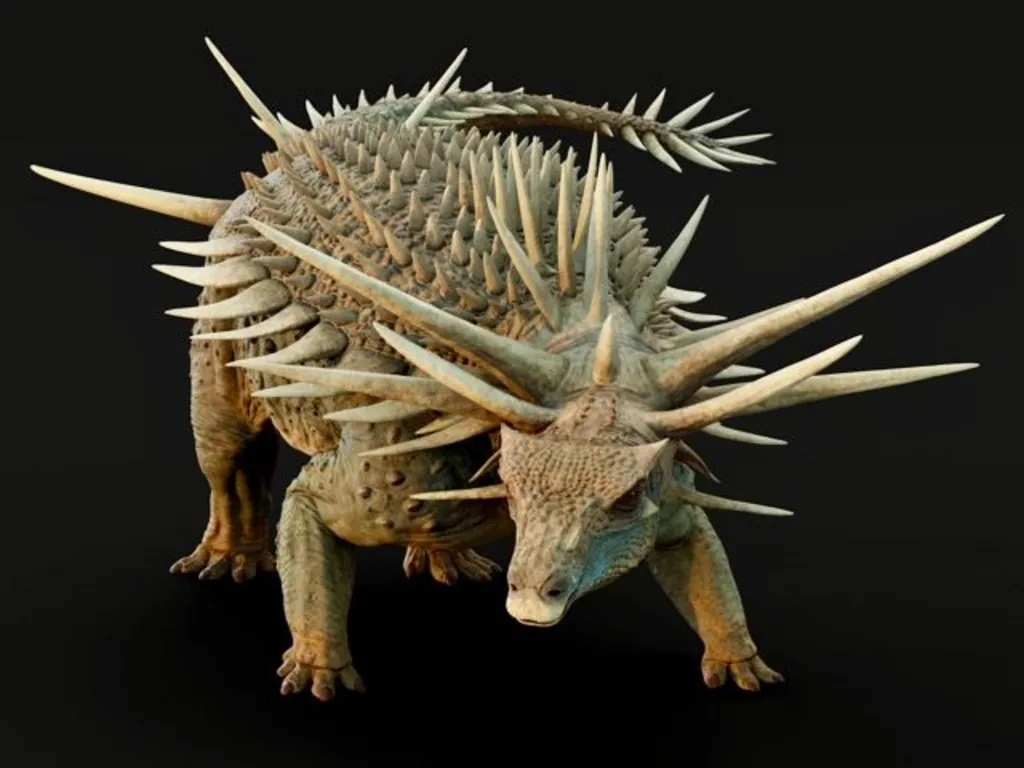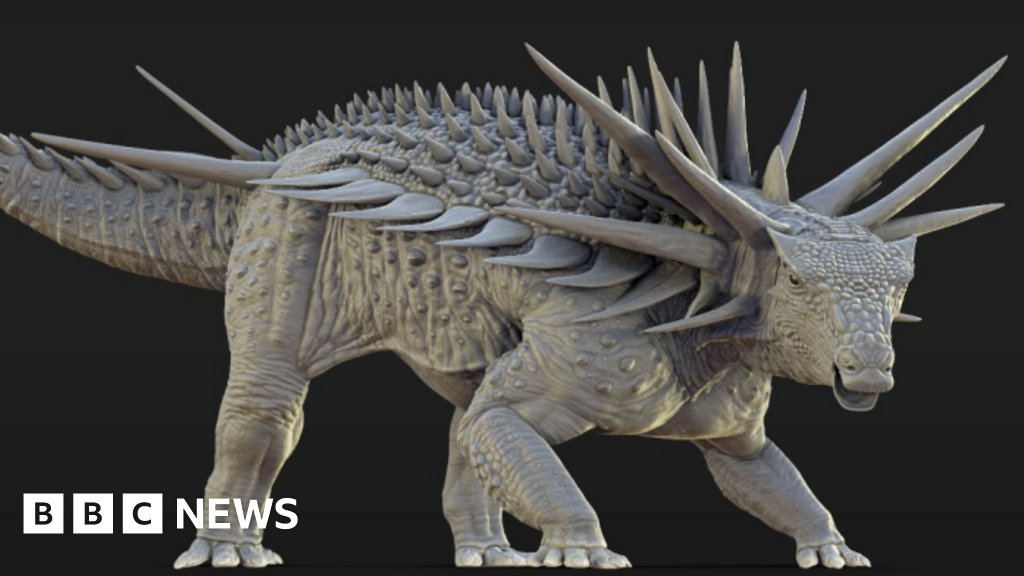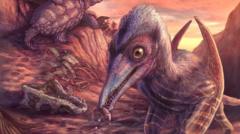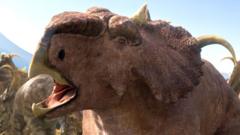The research, highlighted in the journal Nature, attributes the name "Khankhuuluu," meaning Dragon Prince of Mongolia, to this early tyrannosauroid, which weighed around 750kg—significantly less than the massive T. rex. Prof. Darla Zelenitsky from the University of Calgary explained that the term "prince" signifies this species as a smaller, earlier predator compared to later dominant tyrannosaurs.
PhD student Jared Voris, who led the research, noted that Khankhuuluu embodies crucial evolutionary features, including skull anatomy fostering a powerful jaw, further placing it as a significant link between smaller prehistoric hunters and the formidable T. rex.
The collected fossils, originally found in Mongolia in the 1970s, were once attributed to Alectrosaurus, but Voris identified their distinct features, prompting a reevaluation of their lineage. As these dinosaurs migrated between North America and Asia across historical land bridges, their evolution diversified, shaping their adaptive strategies in response to changing ecosystems.
Overall, this finding not only adds depth to our understanding of dinosaur evolutionary history but also illustrates the journey of these apex predators from their unassuming beginnings to their roles as the rulers of their age. As Zelenitsky noted, "Before tyrannosaurs became the kings, they were the princes."
PhD student Jared Voris, who led the research, noted that Khankhuuluu embodies crucial evolutionary features, including skull anatomy fostering a powerful jaw, further placing it as a significant link between smaller prehistoric hunters and the formidable T. rex.
The collected fossils, originally found in Mongolia in the 1970s, were once attributed to Alectrosaurus, but Voris identified their distinct features, prompting a reevaluation of their lineage. As these dinosaurs migrated between North America and Asia across historical land bridges, their evolution diversified, shaping their adaptive strategies in response to changing ecosystems.
Overall, this finding not only adds depth to our understanding of dinosaur evolutionary history but also illustrates the journey of these apex predators from their unassuming beginnings to their roles as the rulers of their age. As Zelenitsky noted, "Before tyrannosaurs became the kings, they were the princes."

















